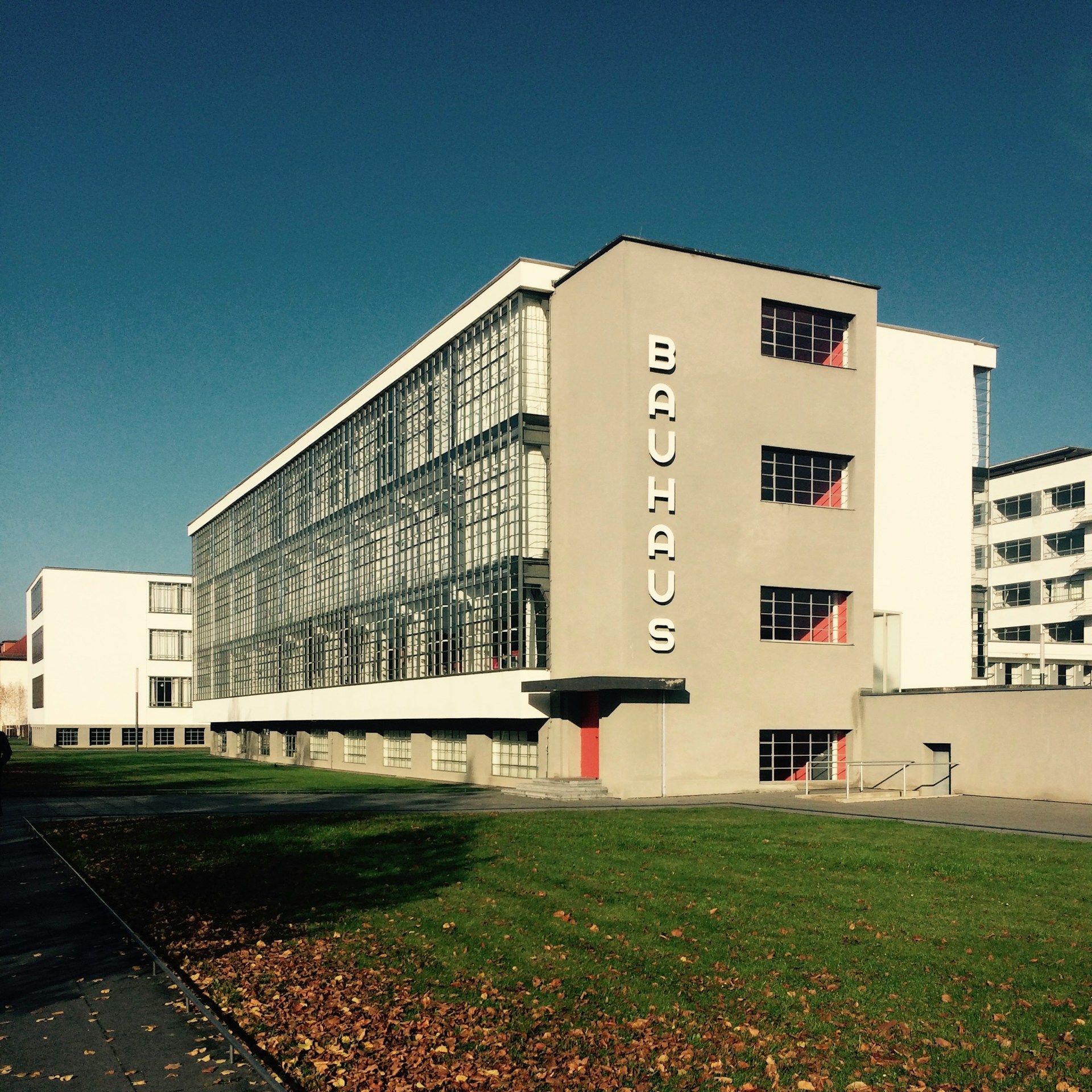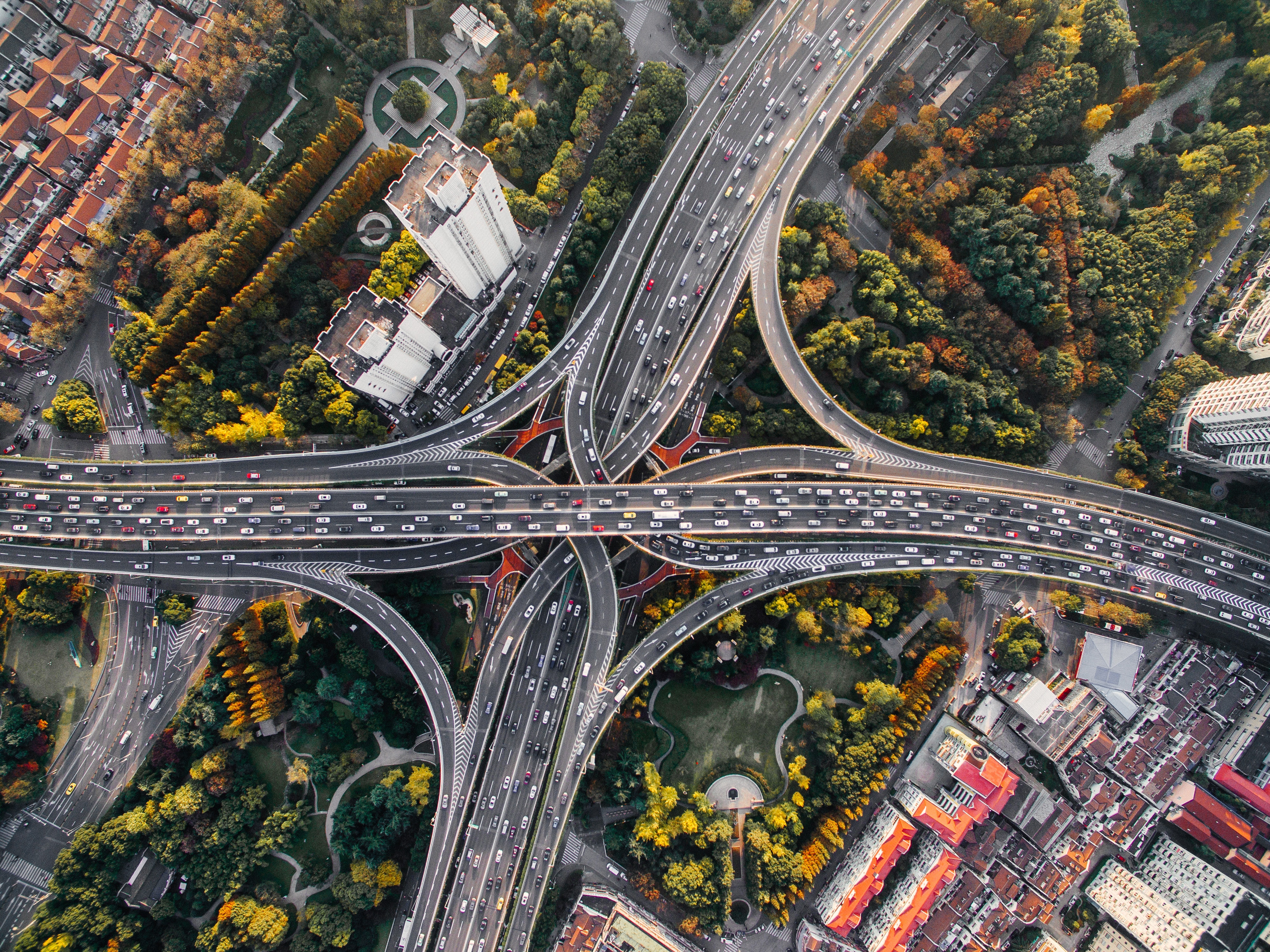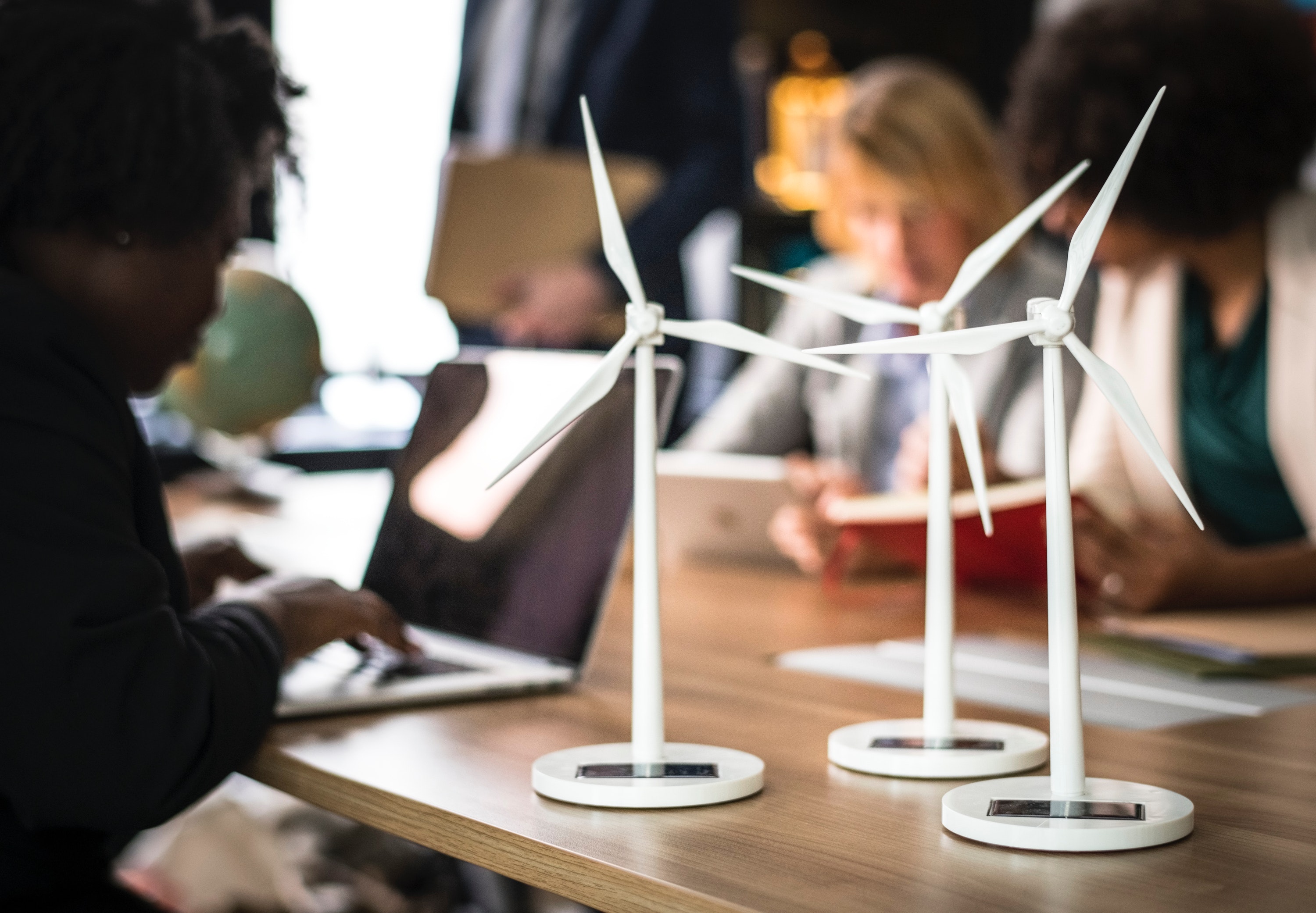The WMO Greenhouse Gas Bulletin showed that carbon dioxide keeps accumulating in the atmosphere, reaching globally averaged concentrations of 405.5 parts per million (ppm) in 2017, up from 403.3 ppm in 2016 and 400.1 ppm in 2015. Over the past decade, CO2 accounts for about 82% of the increase in radiative forcing (the warming effect on the climate), which increased by 41% since 1990.
“The last time the Earth experienced a comparable concentration of CO2 was 3-5 million years ago, when the temperature was 2-3°C warmer and sea level was 10-20 meters higher than now,” said WMO Secretary-General Petteri Taalas.
“The science is clear. Without rapid cuts in CO2 and other greenhouse gases, climate change will have increasingly destructive and irreversible impacts on life on Earth”, said Taalas. “The window of opportunity for action is almost closed”.
According to the WMO, concentrations of other heat-trapping greenhouse gases such as methane and nitrous oxide also rose, and there was a resurgence of a potent greenhouse gas and ozone-depleting substance called CFC-11 (trichlorofluoromethane), which is banned under the Montreal Protocol to protect the ozone layer.
At the annual meeting in November, countries parties to the Montreal Protocol decided to strengthen enforcement mechanisms to address the unexpected rise of CFC-11.
Despite the increase in CFC-11 emissions, the quadrennial review by WMO on ozone depletion showed that the ozone layer is recovering and it is scheduled to heal completely by the 2030s in the Northern Hemisphere, and by 2050-2060s in the Southern Hemisphere and polar regions.
The efficacy of the Montreal Protocol in phasing out ozone-depleting substances offers an extra tool to limit the increase in global temperature and tackle climate change, especially with the entrance into force of the Kigali Amendment. Set to enter into force in January 2019, it requires countries to cut production and consumption of hydrofluorocarbons (HFCs, powerful greenhouse gases mostly used in refrigerators and air conditioning) by more than 80 percent over the next 30 years. This is expected to avoid 0.5°C of global warming by the end of the century.
“Carbon dioxide emissions remain by far the most important greenhouse gases which are driving global warming. But we can also help tackle climate change by reducing our commitment to other gases including HFCs. Every bit of warming matters”, said Taalas.
Read more:
WMO press release about WMO Greenhouse Gas Bulletin
WMO press release on WMO Scientific Assessment of Ozone Depletion






